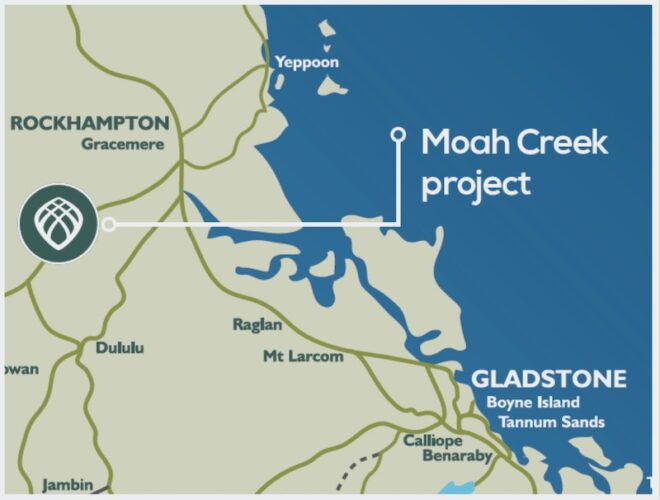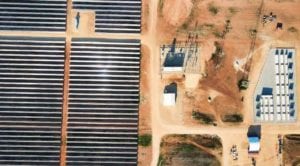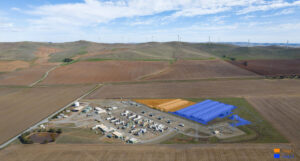Plans to develop a massive, multi-gigawatt scale renewable energy hub combining wind, solar and storage in central Queensland have edged forward this week, with an up to 372MW wind farm winning state government approval.
Developers RES and Energy Estate said on Wednesday that state planning approvals mark a major milestone for the Moah Creek wind farm, which now moves on to the federal Department of Climate Change, Energy, Environment and Water for environmental review.
The up to 60 turbine wind project is located 30km west of Rockhampton and is part of a suite of projects being developed in the region by RES and Energy Estate through a joint venture called Central Queensland Power (CQP).
The companies said this week that the CQP portfolio so far includes six large strategically located wind, solar and battery storage projects with a combined capacity of more than 4GW in the Fitzroy Renewable Energy Zone.
This is twice the size of the 2GW renewables hub that was reported two years ago as a bold pitch to supply heavy industry in the region, including the Boyne aluminium smelter.
Back then, the Moah Creek wind farm was proposing to combine 400MW of wind, 200MW of solar and a 300MW big battery. It is now proposing an up 372MW wind farm, with battery storage “to be confirmed,” according to the project site.
Energy Estate Vincent Dwyer, who is director of CQP says state approval of the wind project is “timely” with the announcement of other government-backed renewables developments coming to the region, including Stanwell
Corp’s Future Energy and Innovation Training Hub.
The Moah Creek facility will also be located close to the Stanwell coal fired power station, and major industrial loads in the area including the Boyne smelter.

Ahead of its environmental assessments, CQP said this week that Moah wind farm has been designed to minimise native vegetation clearing “to the greatest extent possible,” with any clearing of “of concern” or “endangered” native vegetation pared back to less than 1% of its total footprint.
“This has been achieved through 2.5 years of substantive field surveys and an iterative design process,” a statement says.









